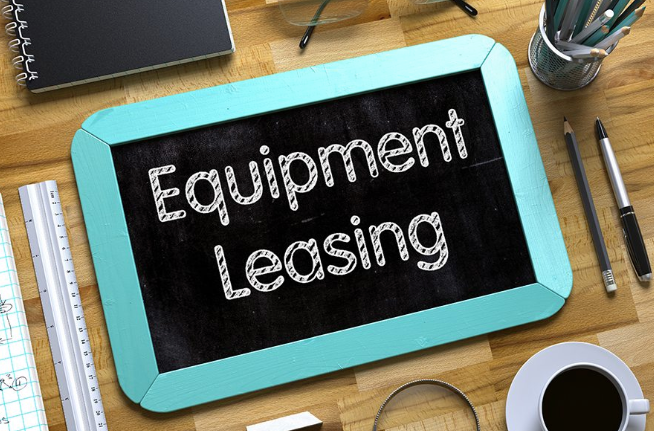
Small businesses are always looking for ways to finance their operations and maintain the cash flow that is the heart of their business. When it comes to purchasing equipment and machinery needed to run operations, it can be a stretch to buy what’s needed with cash. Many businesses opt for equipment financing, which allows the business to buy what they need without tying up all their cash. As a form of alternative lending, a small business can use equipment leasing to grow without a heavy investment of capital into equipment.
What’s the Difference Between Equipment Leasing and an Equipment Loan?
When deciding how to finance equipment purchases, there are a few options. Equipment loans are a method of business funding that keeps ownership of the equipment with the business. Essentially, an equipment loan allows a small business to spread out the payments for equipment over time, usually several years. Loans can be a good option for businesses who expect to be able to pay off equipment early, reducing total interest expenses.
Equipment leasing is a form of renting equipment. Ownership of the equipment remains with the financial institution or leasing company, and the business is just using, or renting the equipment. These days, terms for equipment loans and equipment leases can be similar. The major differences are in the monthly payment and the amount of interest you will pay. With an equipment lease, you will not save on interest if you end the lease early. You will still have to pay the amount agreed to initially.
How Does Equipment Leasing Work?
There are two main types of equipment leasing: capital leases and operating leases. The differences between a capital lease and an operating lease are significant and each has their own implications for business accounting. Be sure to fully understand any lease before you enter into it.
Capital lease
A capital lease is treated as a purchase. The business owns the equipment and treats it as an asset. The business is essentially taking a loan on the equipment. Capital leasing is a good option for long-term purchases.
Operating lease
An operating lease is often used for short-term purposes for equipment that may become obsolete quickly, such as technology-related equipment. The cost of an operating lease is treated as an operating expense and the equipment is not counted as an asset.
Advantages of Equipment Leasing
Equipment leasing can be a cost-effective method for a small business to have the use of equipment to grow their business, without having to purchase it outright. This can make a significant difference in cash flow, which can mean the difference between succeeding and failing for a business that is trying to grow.
If you’re looking for an equipment lease, the team at ViewRidge Funding can help you look at all the options available. Give us a call at (888) 241-7241 or fill out our Get Started form today.
